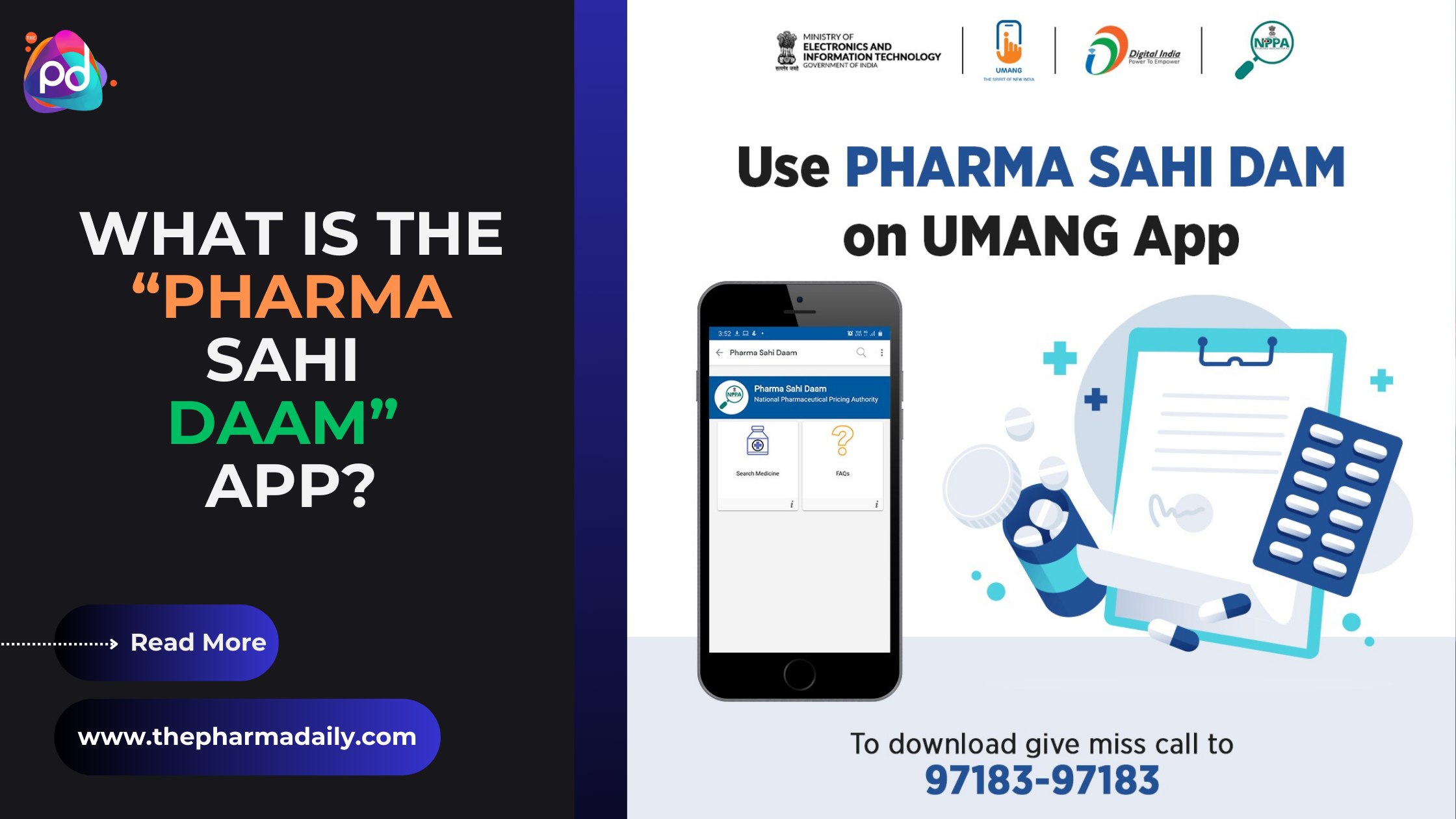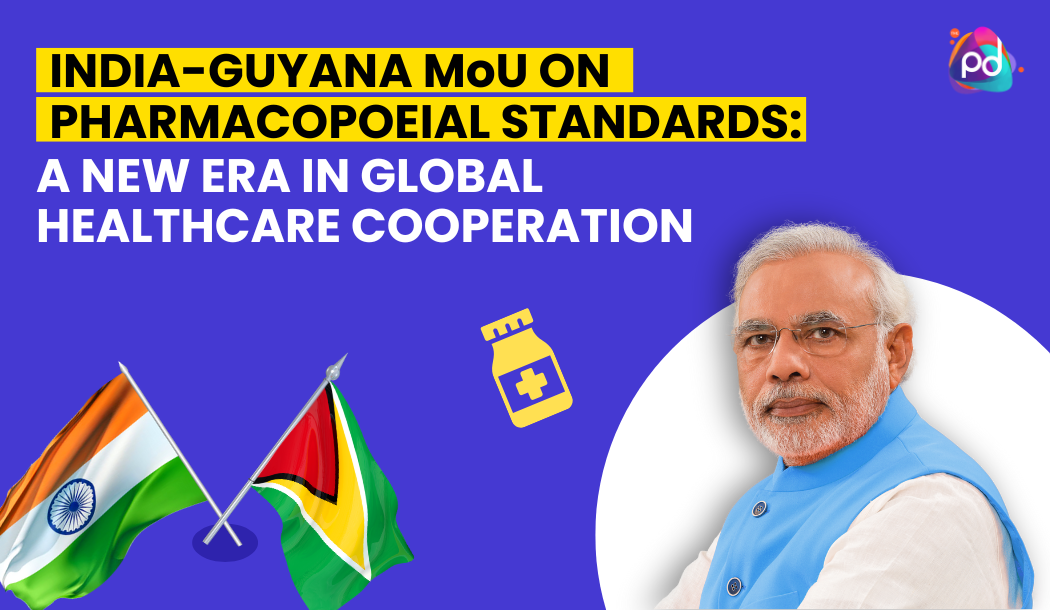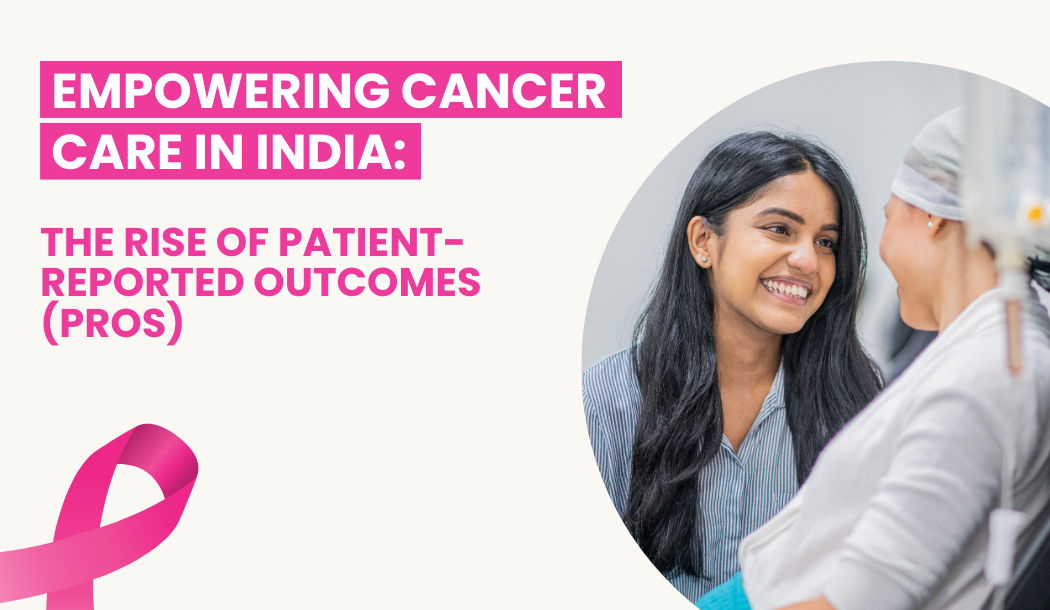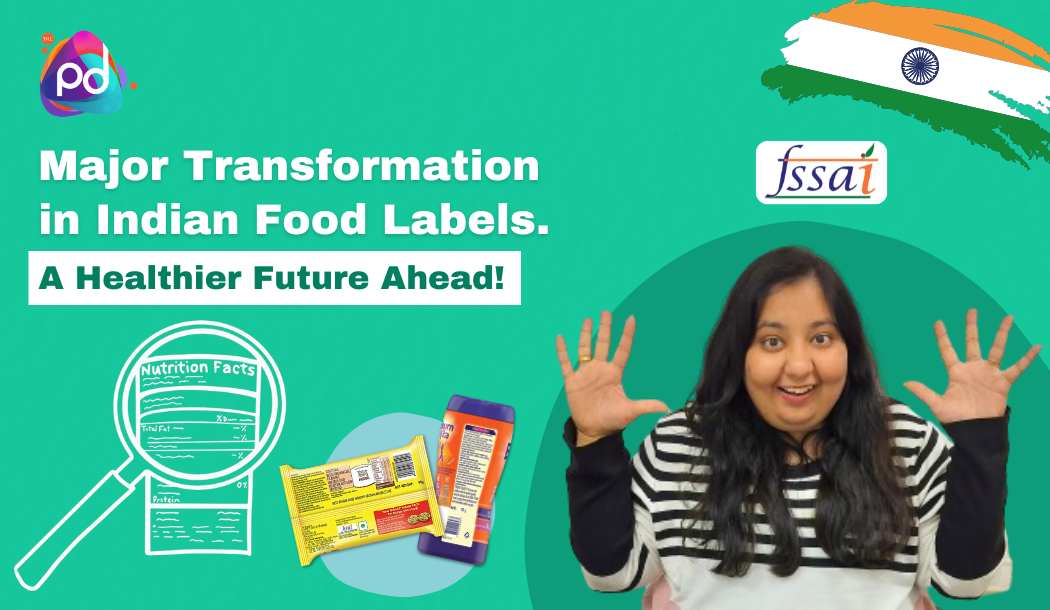Pharma Sahi Daam App: Revolutionizing Medicine Price Transparency in India
Unveiling the Future of Pharmacy: Embracing EcoPharmacoVigilance
In the dynamic landscape of the pharmaceutical industry, a new frontier is emerging, heralding a paradigm shift towards a more sustainable and environmentally-conscious approach. This frontier is EcoPharmacoVigilance (EPV), a concept that marries the meticulous oversight characteristic of traditional pharmacovigilance with a keen awareness of environmental impact. As we delve deeper into the 21st century, the significance of EcoPharmacoVigilance in the pharmaceutical and pharmacy field cannot be overstated. This blog post offers an authoritative exploration of EcoPharmacoVigilance, its historical evolution, current trends, future implications, and its transformative potential for pharmacy undergraduates, postgraduates, and professionals alike.
What is EcoPharmacoVigilance?
EcoPharmacoVigilance (EPV) is the systematic monitoring of the adverse effects of pharmaceuticals on the environment. It encompasses the detection, assessment, understanding, and prevention of adverse effects or any other drug-related problem impacting ecosystems and wildlife. EPV extends the principles of human-focused pharmacovigilance to include the broader biosphere, recognizing that pharmaceutical residues often persist in the environment long after their intended use.
Historical Context and Evolution
The concept of EcoPharmacoVigilance emerged in the early 2000s, prompted by growing evidence of pharmaceuticals in the environment and their potential impacts on non-target species. The inception of EPV marked a pivotal moment in environmental science and pharmacy, highlighting the need for an integrated approach to pharmaceutical management that includes environmental protection.
The Role of EcoPharmacoVigilance
The primary role of EPV is to safeguard environmental health by ensuring that the life cycle of pharmaceuticals minimizes ecological exposure and harm. It involves:
- Monitoring and Risk Assessment: Continuously tracking the presence of pharmaceutical compounds in various environmental matrices (water, soil, and biota) and assessing the risks they pose.
- Mitigation Strategies: Developing and implementing strategies to reduce the environmental footprint of pharmaceuticals, from green chemistry and eco-friendly packaging to take-back programs and wastewater treatment improvements.
Implementation: From Theory to Practice
Implementing EPV requires collaboration across multiple sectors, including pharmaceutical companies, regulatory agencies, healthcare providers, and environmental organizations. Key strategies include:
- Regulatory Frameworks: Establishing guidelines and standards for the environmental assessment of pharmaceuticals.
- Research and Development: Promoting the design of less environmentally impactful drugs and disposal methods.
- Public Awareness and Education: Enhancing understanding and engagement among stakeholders and the public regarding the environmental impact of pharmaceuticals.
Challenges and Solutions in EcoPharmacoVigilance
Despite its critical importance, EPV faces several challenges:
- Data Gaps: Limited data on the environmental concentration and toxicity of many pharmaceuticals.
- Complex Ecological Interactions: Difficulties in predicting the long-term ecological impacts of pharmaceuticals due to complex environmental interactions.
- Regulatory and Industry Hurdles: Varied regulatory environments and resistance from within the pharmaceutical industry to adopt EPV practices.
Innovative approaches, such as advanced analytical techniques, bioinformatics, and ecological modeling, are helping to overcome these challenges. Collaborative international efforts and policies are also critical in fostering a global response to pharmaceutical pollution.
EcoPharmacoVigilance: A Career on the Rise
As EcoPharmacoVigilance gains momentum, it opens up new career paths for pharmacy undergraduates, postgraduates, and experienced professionals. Job roles span from research and development to regulatory affairs and environmental risk assessment, with designations reflecting levels of expertise:
- Beginner: Assistant roles in research, environmental monitoring, and compliance.
- Intermediate: Specialist positions in risk assessment, data analysis, and policy development.
- Advanced: Leadership roles in program management, strategic planning, and advocacy.
Salary expectations vary based on expertise, location, and sector, with freshers starting in competitive entry-level positions and experienced professionals commanding higher remuneration for their specialized skills.
Charting Your Path in EcoPharmacoVigilance
For those intrigued by the intersection of pharmacy, healthcare, and environmental science, EcoPharmacoVigilance offers a compelling and rewarding career path. Key takeaways for aspiring professionals include:
- Stay Informed: Keep abreast of emerging research, policies, and practices in EPV.
- Gain Experience: Seek internships and volunteer opportunities in environmental health, pharmaceuticals, and related fields.
- Pursue Education: Consider advanced degrees or certifications in environmental science, toxicology, or public health with a focus on EPV.
Shaping the Future
Innovative approaches, such as the development of eco-friendly pharmaceuticals and the use of artificial intelligence in environmental risk assessment, are set to revolutionize the field of EPV. Collaborations between pharmaceutical companies, regulatory bodies, and environmental organizations are crucial for driving progress in this domain.
Careers in EcoPharmacoVigilance
The demand for professionals skilled in EPV is growing, with a range of job roles including:
- Entry-Level Positions: Environmental Analyst, Junior Pharmacovigilance Associate.
- Intermediate Roles: EPV Specialist, Regulatory Affairs Coordinator.
- Advanced Positions: EPV Manager, Director of Environmental Safety.
Salaries vary based on experience, with fresh graduates starting in entry-level positions, while seasoned professionals can expect higher compensation reflective of their expertise and leadership roles.
Navigating Your Career Path
For pharmacy undergraduates and professionals looking to make a meaningful impact in their field, specializing in EcoPharmacoVigilance offers a unique and rewarding career path. Key takeaways include:
- Gaining a solid foundation in pharmacology, toxicology, and environmental sciences.
- Staying informed about the latest EPV trends, technologies, and regulatory developments.
- Pursuing specialized training and certifications in EPV.
Conclusion: A Call to Action
EcoPharmacoVigilance represents a critical intersection between pharmacy and environmental sustainability. As we move forward, the integration of EPV practices into the pharmaceutical industry will not only safeguard our environment but also ensure the long-term viability of our healthcare systems. Pharmacy professionals at all levels are encouraged to explore this dynamic field, contribute to its growth, and share their insights and experiences. Together, we can make a difference for the health of our planet and future generations.
Engage with Us: We invite you to comment, share, or explore related resources on our website to join the conversation about EcoPharmacoVigilance and its impact on the pharmaceutical industry and environmental sustainability. Your insights and experiences are invaluable to fostering a community dedicated to advancing healthcare while protecting our planet.












